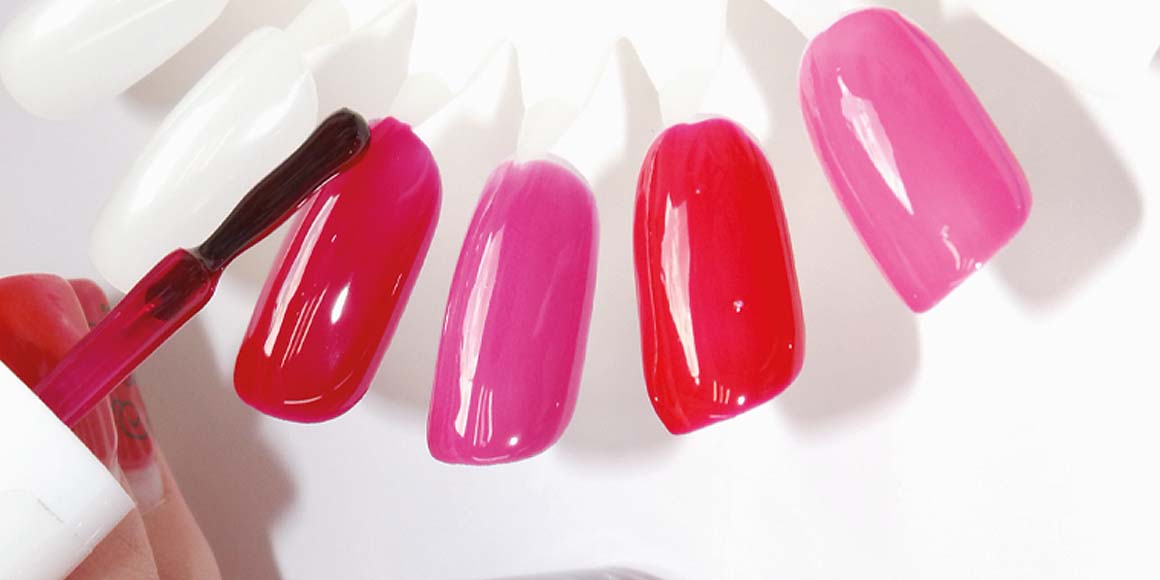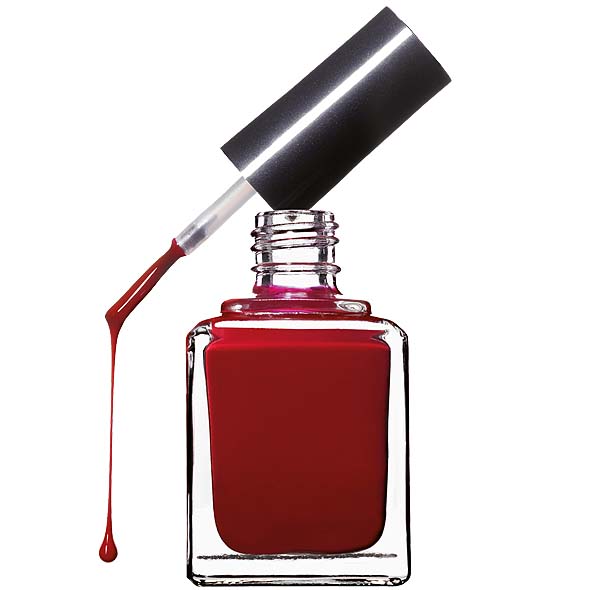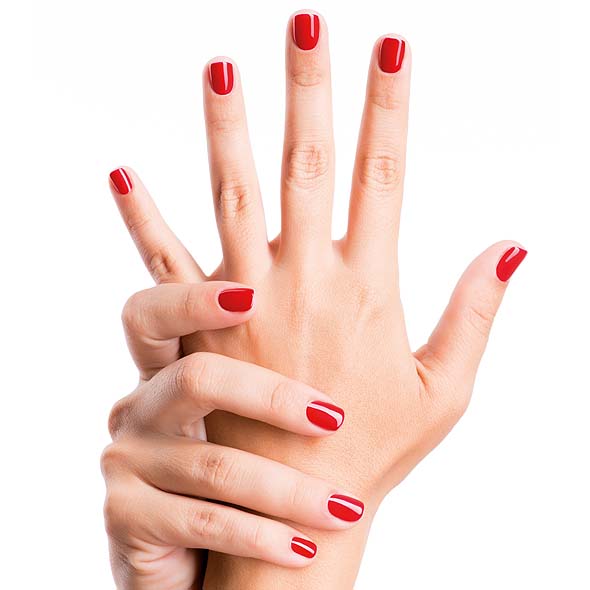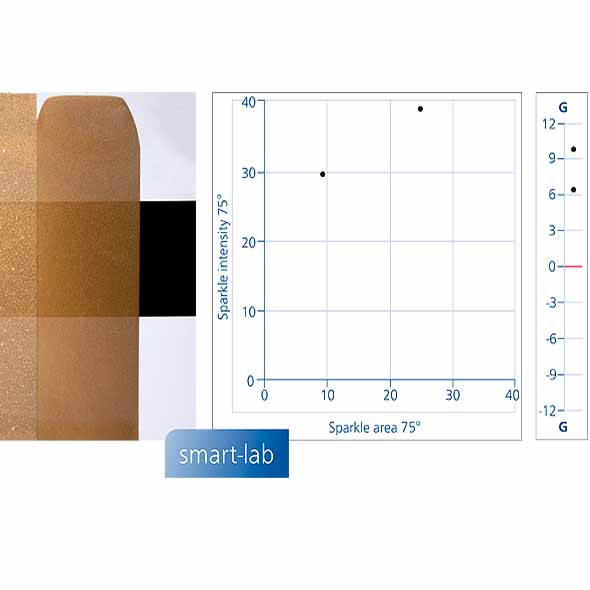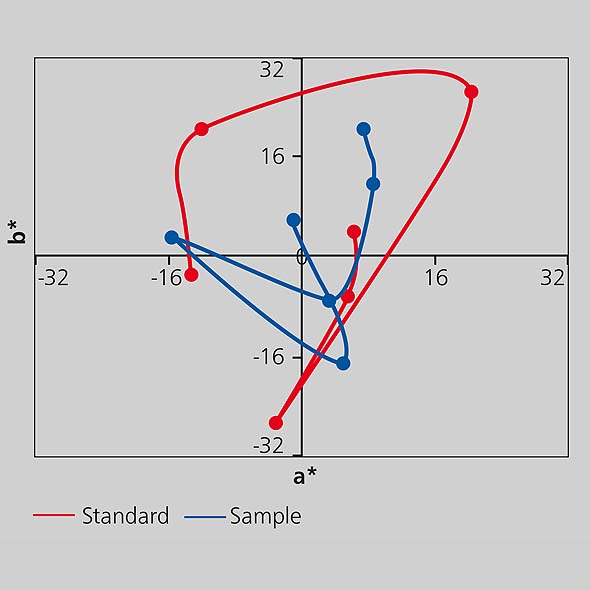Measurement of nail polish on test charts
An easy and quick test method for nail polish is applying a thin film on a black and white chart. In order to create a uniform drawdown, the following points are of importance:
- Influence of substrate
- Wet film thickness applied
- Uniform film thickness
The use of BYK-Gardner byko-charts, drawdown cards, guarantees consistent color and gloss of the substrate ensuring that the measured color difference only comes from product variations. Applying opaque nail polish on black and white charts also allows evaluation of opacity (hiding power).
For uniform application and good pigment orientation wire bars are the best choice. The choice of wire bar and therefore, wet film thickness depends on the mean particle size of the pigment. Selecting the wet film thickness close to the mean particle size will avoid a disorientation of the pigments and force the particles to orientate parallel, which will be close to the final application method by brush. The visual result will be similar to the final application on fingernails.
